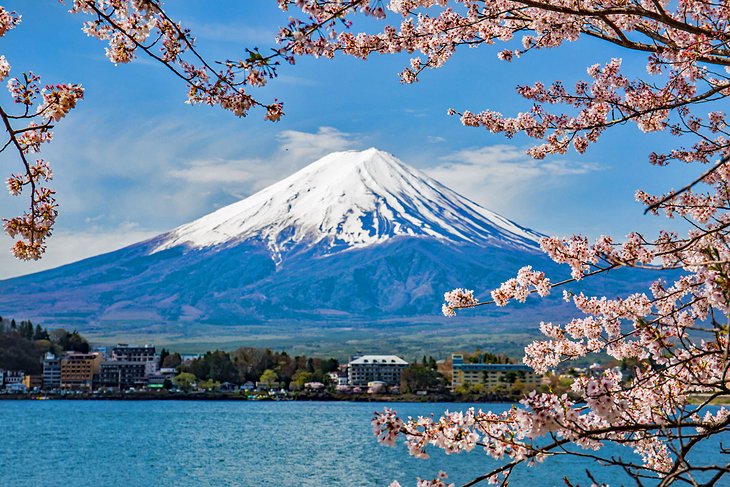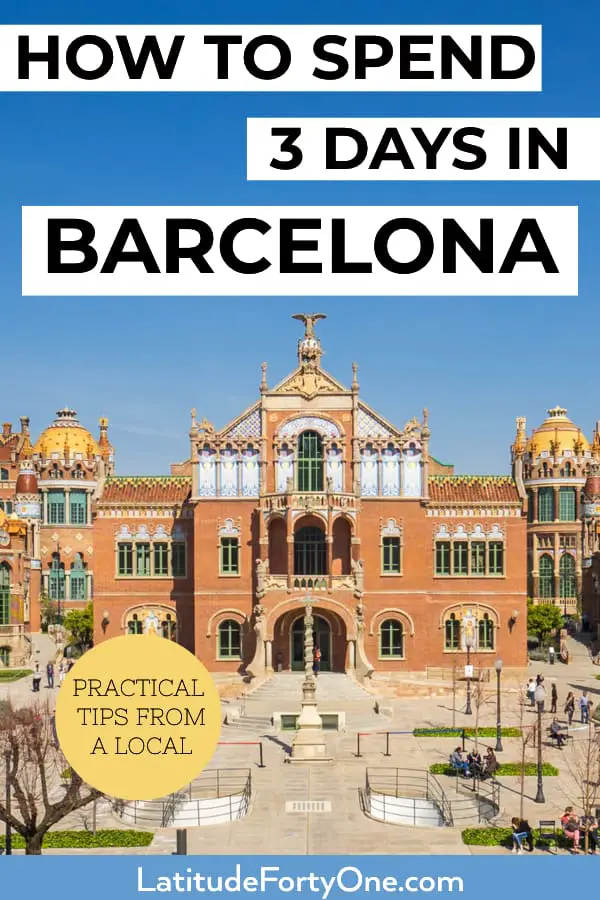Unity in Diversity
The people of Myanmar consisted mainly of Burmese but there were many other ethnicity as well from other states. Most people were mainly Buddhist but there were Muslims, Christians and Hindus as well living in harmony. Despite their differences in faith, language and customs, the diverse ethnic groups coexisted peacefully. Minorities were well integrated into society and their culture and traditions were respected.
Cultural Tapestry
With over 100 ethnic groups within its borders, Myanmar has a rich cultural mosaic. The ethnic Kayin people in the southeast passed down their traditions through folk singing and rituals, while in northern Kachin state, the indigenous Kachin people celebrated their heritage with colorful handicrafts and folk dances. This diversity deepened Myanmar’s cultural identity and enriched the lives of its people. Their peaceful coexistence proved that different ethnicities and faiths can live side by side as one community, overcoming disunity through mutual understanding and respect.

A Nation Awakening
Myanmar transitioned from military rule to democracy in recent years, stirring hopes for reforms and progress. Yet, remnants of its turbulent past lingered as this Southeast Asian country sought to revitalize its economy and modernize its infrastructure. Many lived in poverty under the former junta, denied basic rights and opportunities. Though challenges remain, Myanmar has taken strides towards building a just, prosperous future for all.
Moving Forward Despite Hardships
For two decades, protracted conflict and isolation stalled development. When the military relinquished control, Myanmar inherited crumbling roads, limited internet access and outdated communities. Despite these difficulties, its resilient people persevered with optimism. Through perseverance and the democratic will of its citizens, Myanmar is gradually overcoming obstacles to become ASEAN’s next economic powerhouse. Its natural beauty and cultural heritage also attract global interest, fueling growth in key industries like tourism and trade.
Balancing Tradition and Modernization
Myanmar strives to modernize while preserving its cultural foundations. In cities like Yangon, skyscrapers and malls rise alongside centuries-old pagodas that stand as reminders of its glorious past. Myanmar blends progress with traditions seamlessly through architecture, infrastructure and community initiatives that reflect both urbanization and heritage.
Embracing Technology Circumspectly
While the youth embrace new technologies, many in older generations cling steadfastly to traditions. Fast casual dining chains have mushroomed countrywide, yet locals still picnic communally by canals, immersed in companionship rather than consumerism. Myanmar adopts modern tools judiciously to enrich, not displace, what has sustained communities for eras.This nuanced approach allows Myanmar to stride confidently into the future without sacrificing ideals epitomizing its unique identity and social cohesion.
Personal Insights and Concluding Reflections
Having lived in Myanmar for close to a year now, I’ve gained a deeper appreciation of both its challenges and triumphs on the road to prosperity and unity. Complex issues surrounding infrastructure, economy and diversity persist. Yet above all, I’m heartened by the resilience, optimism and cultural richness of its warm, welcoming people - qualities that will surely see Myanmar flourish as a beacon of harmony and progress for Asia.
Love Conquers All Differences
My reasons for staying stem not just from practical goals, but also the indelible imprint Myanmar has left on my heart. Its diversity shaped my identity; living amongst its kindred populace feels like coming home. More than infrastructure or policies, it is Myanmar’s uniquely warm spirit that gives me hope for continued betterment. In the end, progress is but numbers - what truly endures are the unquantifiable bonds of unity nurtured through tolerance, understanding and love that transcend all divisions.

 The Top Countries to Visit in Asia
The Top Countries to Visit in Asia